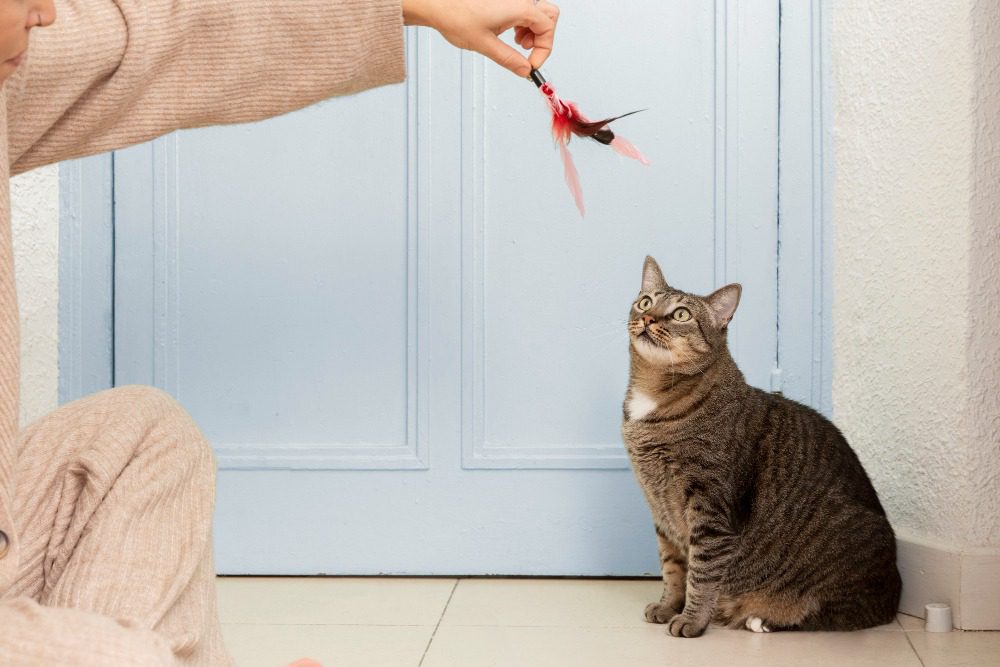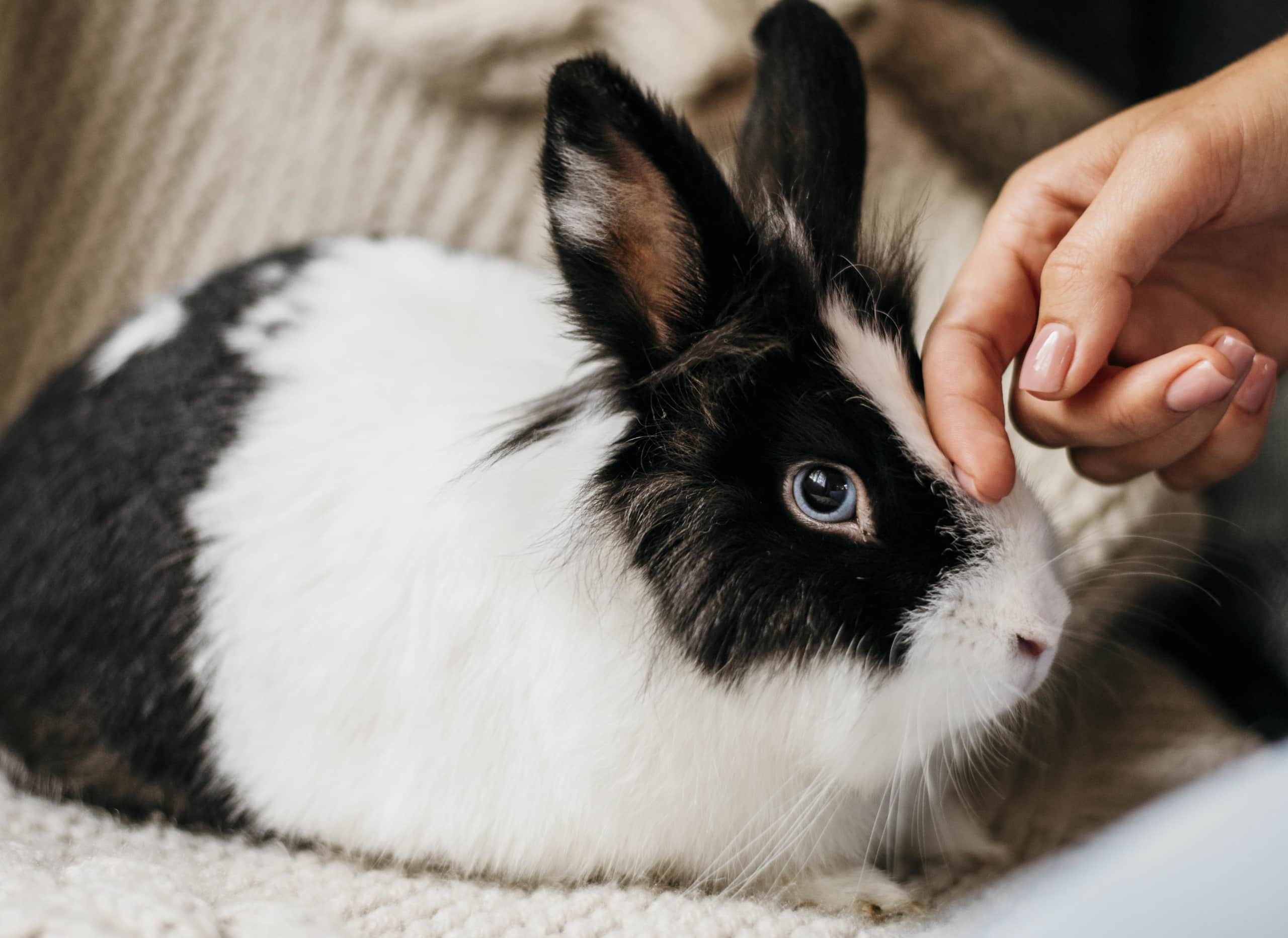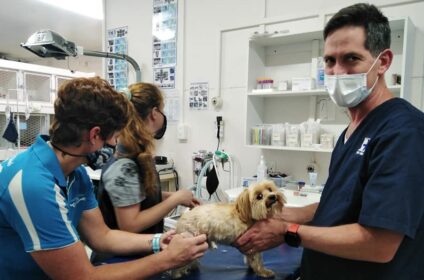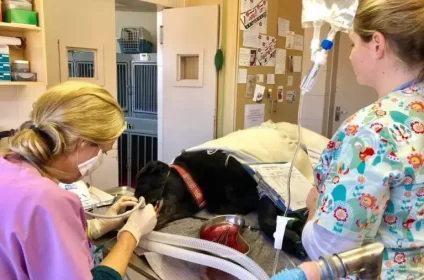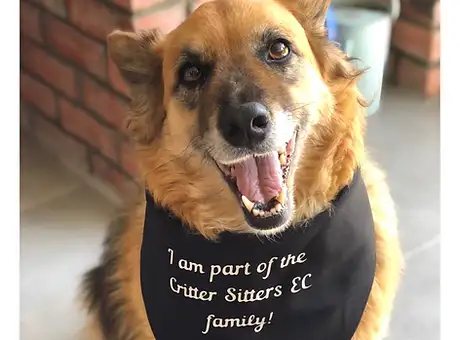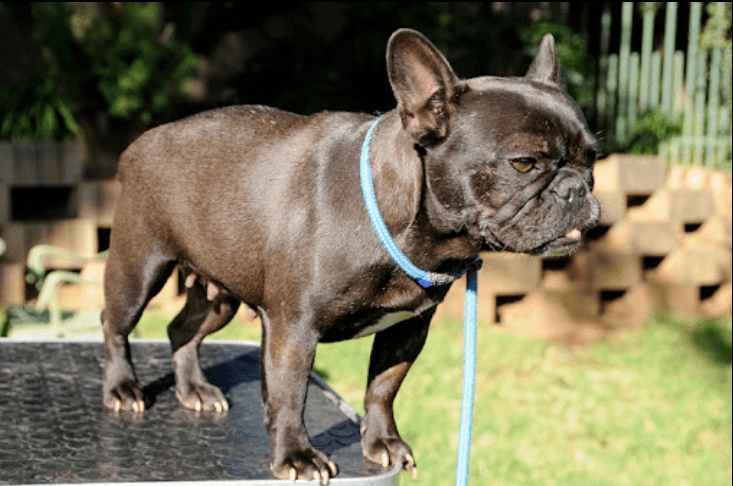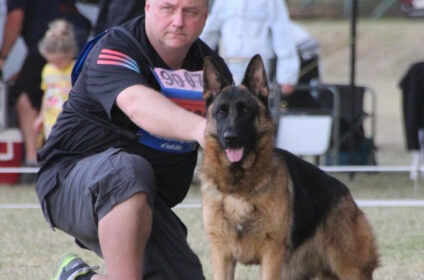Cats, known for their independent nature, have their own unique set of body language cues. Here’s a glimpse into the world of decoding cat behavior:
- Tail Position: A cat’s tail can convey a wealth of information. A straight-up tail is often a sign of a content and confident cat, while a puffed-up tail can indicate fear or aggression.
- Purring: While purring is often associated with happiness, cats may also purr when in pain or discomfort. It’s essential to consider the context.
- Eyes: Dilated pupils in cats can signal excitement, fear, or aggression. Slow blinking is a sign of trust and affection.
- Kneading: When a cat kneads your lap or a soft surface with their paws, it’s a behavior often carried over from kittenhood and is a sign of comfort and relaxation.
- Whiskers: Watch the position of a cat’s whiskers. Forward-facing whiskers indicate curiosity, while whiskers pulled back suggest fear or aggression.
Understanding these subtle cues in both dogs and cats is essential for fostering a strong bond and a harmonious relationship. By paying attention to their body language, you can better meet their needs, anticipate their actions, and ensure their emotional well-being. Just as in human interactions, effective communication is the key to a fulfilling connection with your four-legged friends.


